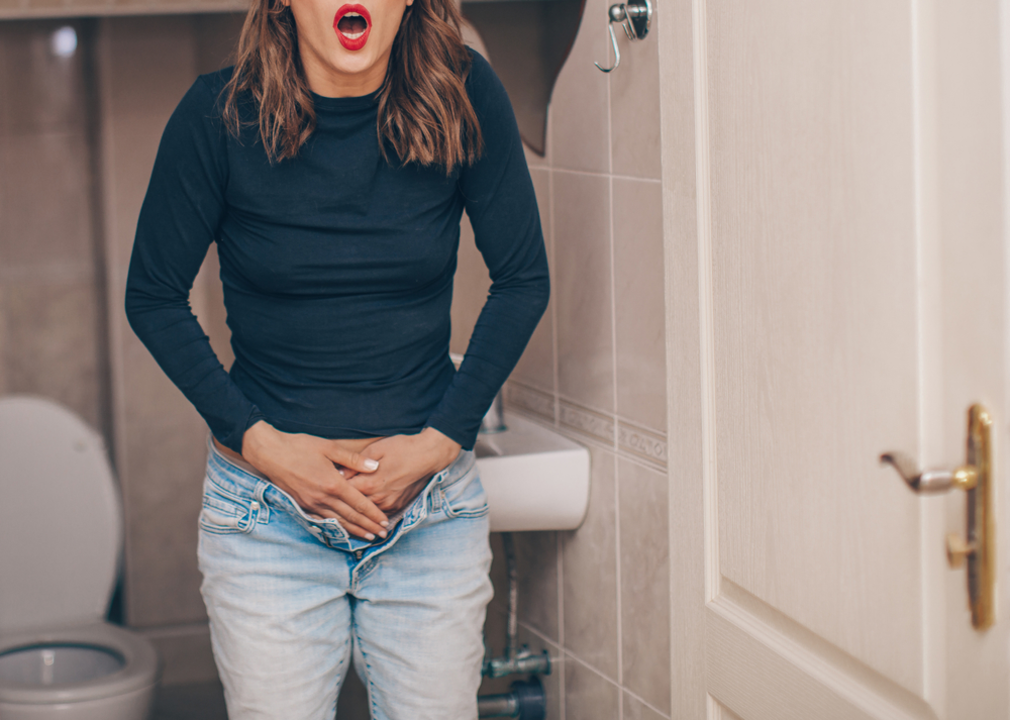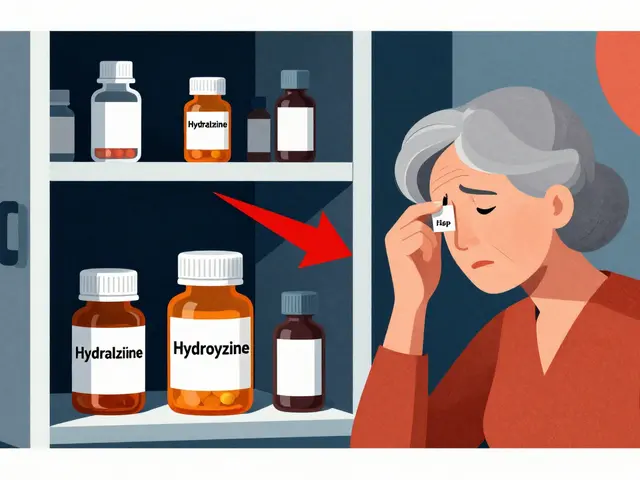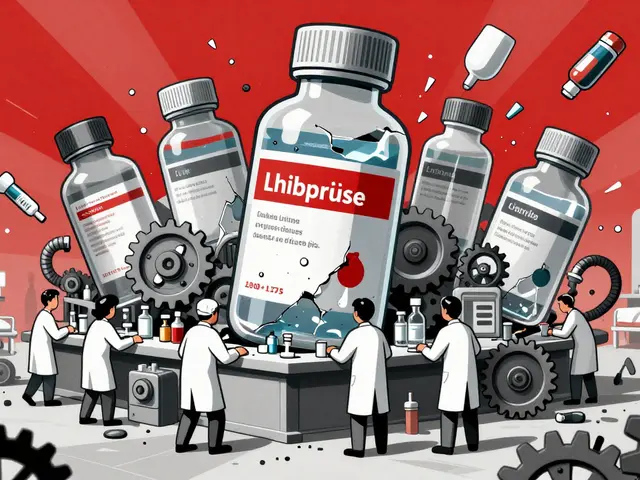Incontinence: Practical help for better bladder control
Leakage happens. It’s more common than people talk about, and you don’t have to just live with it. This page gives clear, usable steps you can try today, explains common causes, and tells you when to see a clinician. No fluff—just things that work or that your doctor will want to know.
Quick overview: types and what they mean
Stress incontinence: leaking when you cough, laugh, lift, or exercise. Urge incontinence: a sudden, strong need to go and you can’t hold it. Mixed means a bit of both. Overflow incontinence is constant dribbling because the bladder doesn’t empty fully. Each type has different fixes, so knowing which one you have matters.
Common causes include weak pelvic floor muscles, bladder overactivity, nerve damage from diabetes or surgery, certain medicines, UTIs, and pelvic organ prolapse. Life events like childbirth, menopause, and prostate surgery can change how your bladder works.
Simple checks and when to see a doctor
Start by tracking: keep a bladder diary for 3 days. Note fluid intake, when you pee, leakage episodes, and pads used. This tells you if you’re drinking too much, timing is off, or the problem is mainly urgency or stress-related. If leakage suddenly appears, is painful, or comes with blood or fever, see a doctor right away.
See a clinician if leaks affect daily life, if pads aren’t enough, or if you have repeated UTIs. Your doctor may do a urine test, pelvic exam, or refer you for bladder function tests. Many causes are treatable; early evaluation often avoids unnecessary tests later.
Practical steps you can try today
Pelvic floor exercises (Kegels): tighten the muscles you use to stop urine, hold 3–5 seconds, relax 3–5 seconds. Aim for 3 sets of 10 daily. If you can’t feel the muscles, a pelvic therapist can help. Bladder training: gradually stretch the time between bathroom trips by 10–15 minutes each week. This helps urge leaks.
Fluid and lifestyle fixes: cut down on caffeine and fizzy drinks, avoid heavy alcohol, and don’t overfill your bladder. Lose excess weight—losing even a small amount can reduce stress leaks. Check medicines with your provider; some make leakage worse.
Other options: absorbent pads, vaginal pessaries for some women, and catheters for certain overflow problems. Medications can calm an overactive bladder. For persistent or severe cases, procedures and surgeries (like sling or bulking agents) may help—talk risks and benefits with your doctor.
Living with incontinence can feel isolating, but simple steps often help a lot. Start with a diary and pelvic floor work, push for evaluation if things don’t improve, and know there are practical medical and non‑medical options to get you back in control.

The Relationship Between Urine Leakage and Sexual Health
As a blogger, I've recently come across a significant topic discussing the relationship between urine leakage and sexual health. It's important to note that urinary incontinence can affect both men and women, and it may lead to a decline in self-esteem, causing issues in one's sex life. A variety of factors contribute to this condition, including age, obesity, and medical history. Fortunately, there are treatments available to help improve the situation, such as pelvic floor exercises, medications, and even surgery in some cases. It's crucial to talk openly with your healthcare provider about any concerns related to urine leakage and sexual health, as early intervention can lead to a better quality of life.
read more




